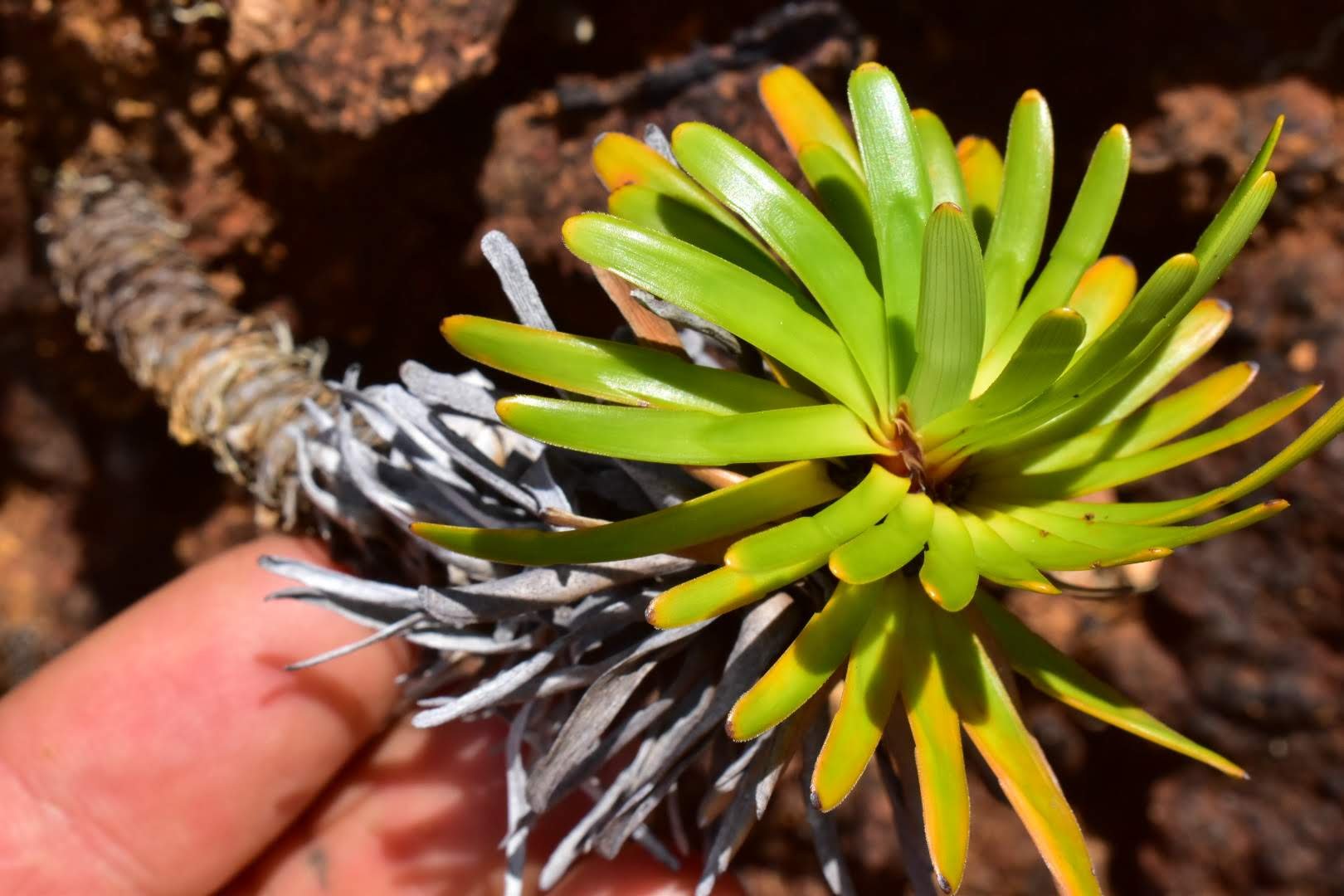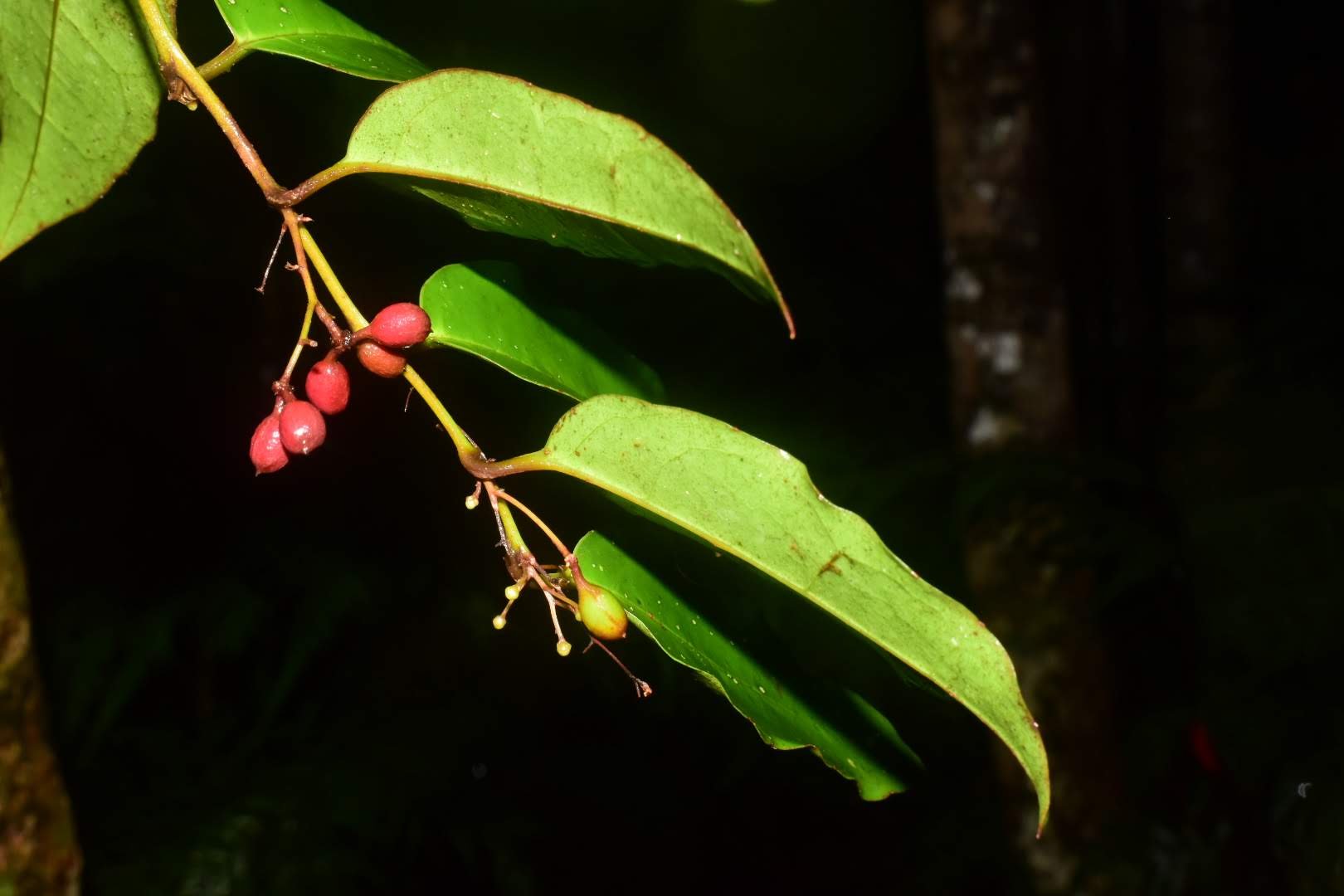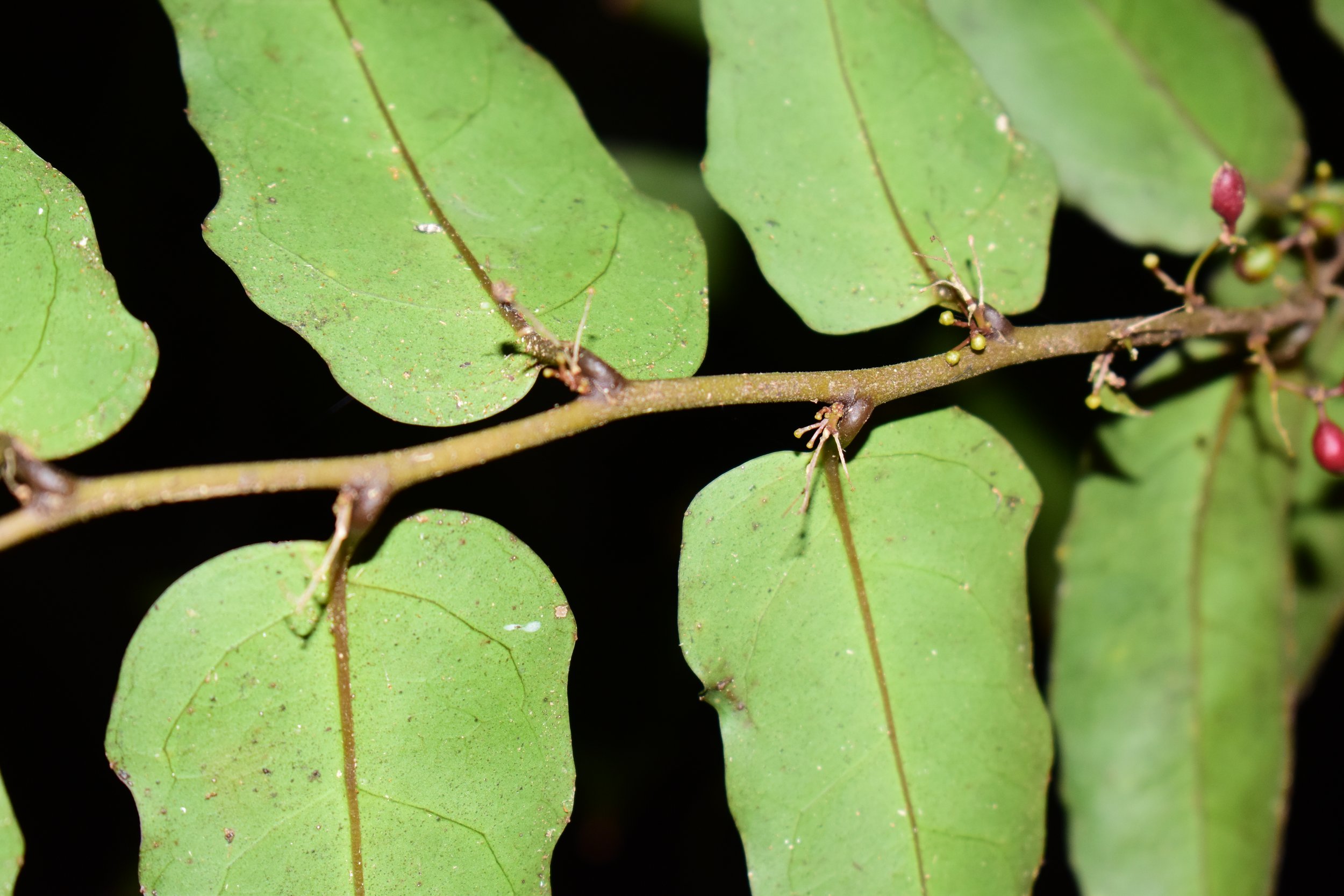FLORA OF NEW CALEDONIA
FLORA OF NEW CALEDONIA
New Caledonia is not just any island in the South Pacific - it is notable for two reasons: the geology - which is ultramafic (high in magnesium, nickel and iron, low in essential plant nutrients such as nitrogen and calcium) and responsible for plant speciation and edaphic endemism - and the fact that it basically acts as a “botanical time capsule”, containing a number of lineages of plants that can be considered “living fossils” (which is a good term for beginners, but it is important to note that taxonomists rightly disapprove of the use of this term. I use it because it’s a good introduction to the idea of what very “ancient” and somewhat rare plant lineages are) such as Amborella tricohopoda and the genus Araucaria, as well as a few bizarre monocots such as Campynemanthe viridiflora (Campynemataceae).Below are a number of photographs of taxa that occur on the Island that I will continue to add to as time allows.
THE ULTRAMAFIC LIFESTYLE The geology here is high in magnesium, iron and nickel and low in essential plant nutrients such as nitrogen and calcium. As it does anywhere in the world, this geology has an immense effect on the evolutionary trajectory of the plants that eventually evolve to grow on it.
Serpentine before it oxidizes/weathers
Araucaria humboldtensis
Apiopetalum velutinum (Apiaceae)
Araucaria muelleri & humboldtensis in the canopy
Araucaria forest dwarfed on ultramafic soil
The incredible Melaleuca dawsonii
Megastylis gigas (Orchidaceae)
Megastylis gigas
Codia albifrons (Cunoniaceae)
Araucaria muelleri
Pleurocalyptus pancheri, Myrtaceae
Drosera neocaledonica
Codia albifrons (Cunoniaceae)
Codia albifrons
Necocallitropsis (syn. Callitris) pancheri
Neocallitropsis pancheri
Xanthostemon aurantiacus (Myrtaceae)
Montrouzeria verticillata (clusiaceae)
Costularia fragilis (Cyperaceae)
Greslania circinata (Poaceae)
Araucaria muelleri
Araucaria muelleri
Nothofagus codonandra (Nothofagaceae)
Greslania loves the ultramafic lifestyle
Planchonella lauracea (Sapotaceae)
Planchonella lauracea (Sapotaceae)
Neocallitropsis pancheri
Megastrobilus (Seed Cone) of Neocallitropsis pancheri (Cupressaceae)
Megastrobilus (Seed Cone) of Neocallitropsis pancheri (Cupressaceae)
Megastrobilus (Seed Cone) of Neocallitropsis pancheri (Cupressaceae)
Codia albifrons (CUnoniacaeae)
Araucaria laubenfelsii
Stenocarpus milnei (Proteaceae)
Araucaria laubenfelsii
Cyathopsis albifrons (Ericaceae)
Agathis ovata
Agathis ovata
Hedycarya, Monimiaceae
Amborella trichopoda
Semecarpus atra (contains urushiol - Anacardiaceae)
Semecarpus atra (Anacardiaceae)
Retrophyllum minus
Amborella trichopoda
Amborella trichopoda
Amborella trichopoda
Dacrydium araucarioides (female cones)
Dacrydium araucarioides (female cones)
Dacrydium araucarioides seed
Retrophyllum minus (Podocarpaceae)
Dacrydium araucarioides pollen cones
Dacrydium araucarioides megastrobili
Libocedrus yateensis (Cupressaceae)
Libocedrus yateensis (Cupressaceae)
Libocedrus yateensis (cupressaceae)
Libocedrus yateensis (Cupressaceae)
Amborella trichopoda, the earliest-branching lineage on the Angiosperm Family Tree
glabrous stems and leaves
Amborella trichopoda occurs in dense, wet forest at mid elevations in montane areas
The leaves Amborella covered in algae
Axillary fruits (drupes) of Amborella trichopoda
good illustration of the mysterious algal spots on Amborella's leaves
A large and old Amborella trichopoda









































































